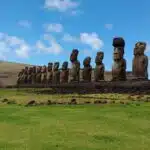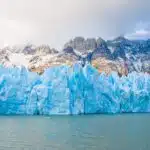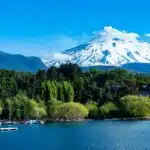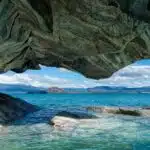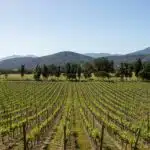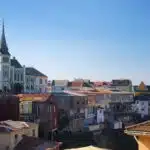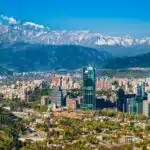The Atacama Desert, located in northern Chile, is one of the most extraordinary and surreal landscapes on Earth. Known as the driest desert in the world, the Atacama offers a breathtaking array of natural wonders, from vast salt flats and towering volcanoes to geysers, hot springs, and shimmering lagoons. This desert, stretching over 1,000 kilometers (600 miles) along the Pacific coast, is not just barren land—it’s a vibrant region teeming with unique wildlife, ancient cultures, and stunningly diverse landscapes.
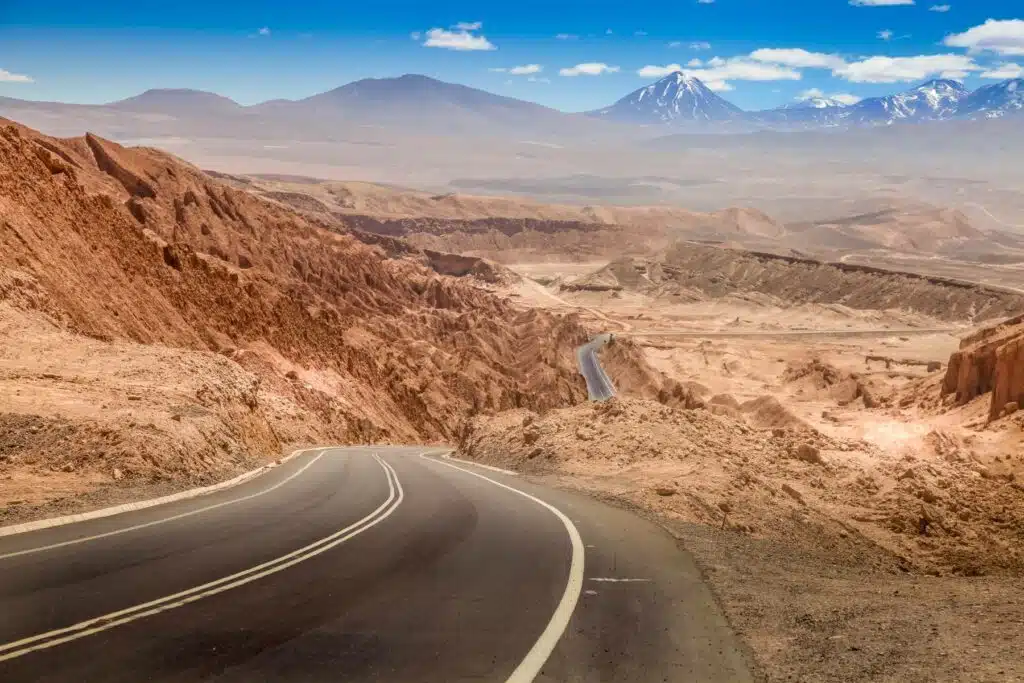
The Magic of Atacama
Valle de la Luna (Valley of the Moon)
- Highlights: One of the most iconic landscapes in the Atacama Desert is the Valle de la Luna. As its name suggests, this valley looks like something out of a lunar landscape, with its jagged rock formations, vast sand dunes, and salt-crusted terrain. The valley is especially stunning at sunset when the rocks take on vibrant hues of red, orange, and pink as the sun dips below the horizon.
- Activities: Visitors can explore the valley’s unique geology through a network of hiking trails or by joining a guided tour. Highlights include the Great Dune, where you can enjoy panoramic views of the valley, and the Cueva de Sal, a salt cave that sparkles in the sunlight.
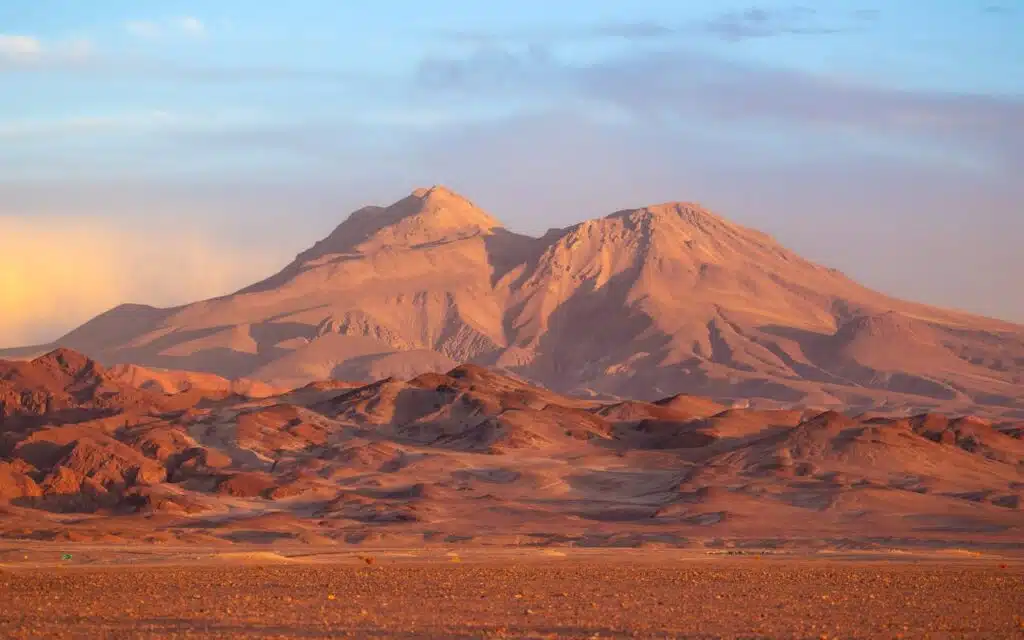
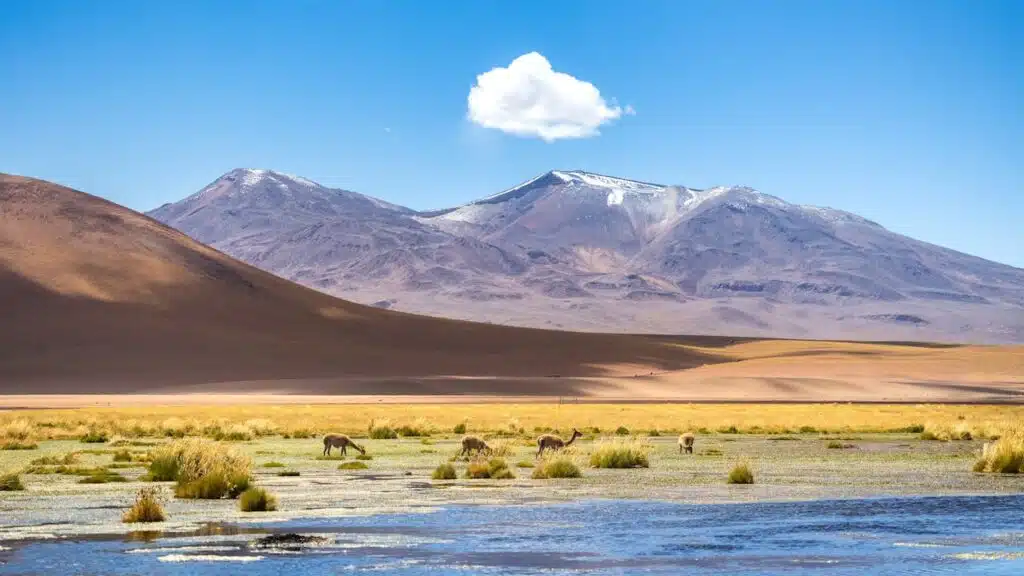
Salar de Atacama (Atacama Salt Flats)
- Highlights: One of the largest salt flats in the world and is a sight to behold. This vast expanse of white salt crust stretches as far as the eye can see, punctuated by bright turquoise lagoons that are home to flocks of pink flamingos. The salt flat is part of the Los Flamencos National Reserve, and the lagoons, such as Laguna Chaxa, are great spots for birdwatching and photography.
- Why Visit: A peaceful and surreal landscape, perfect for exploring and bird watching.
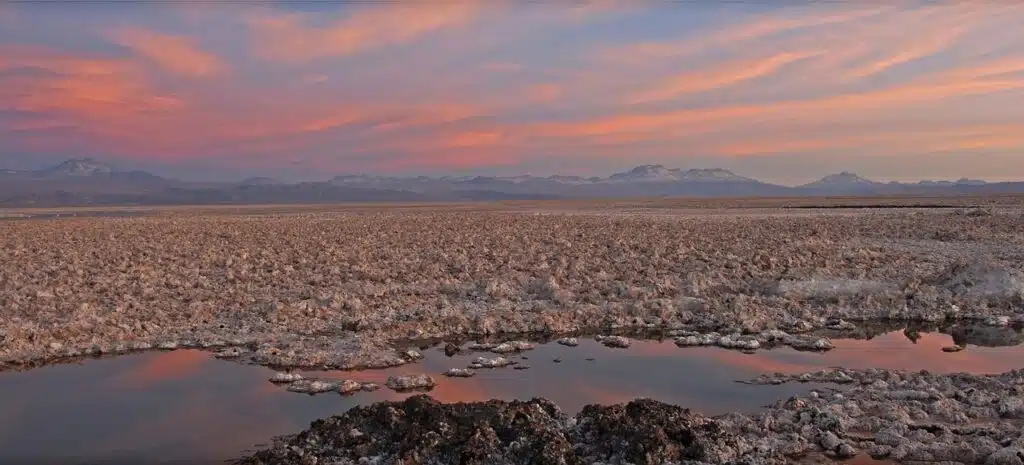
El Tatio Geysers
- Highlights: One of the highest geothermal fields in the world at over 4,300 meters (14,000 feet) above sea level, with more than 80 active geysers. The best time to visit is early in the morning when the steam rises against the cold air.
- Why Visit: An unforgettable sight with geothermal activity in a stunning high-altitude setting.
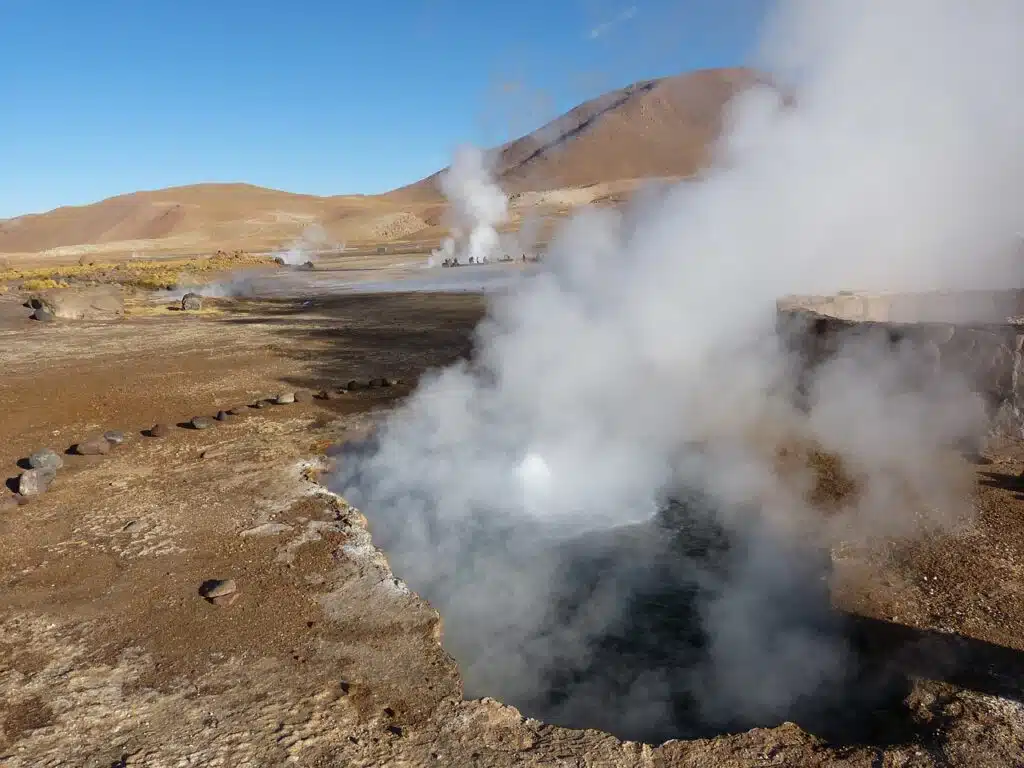
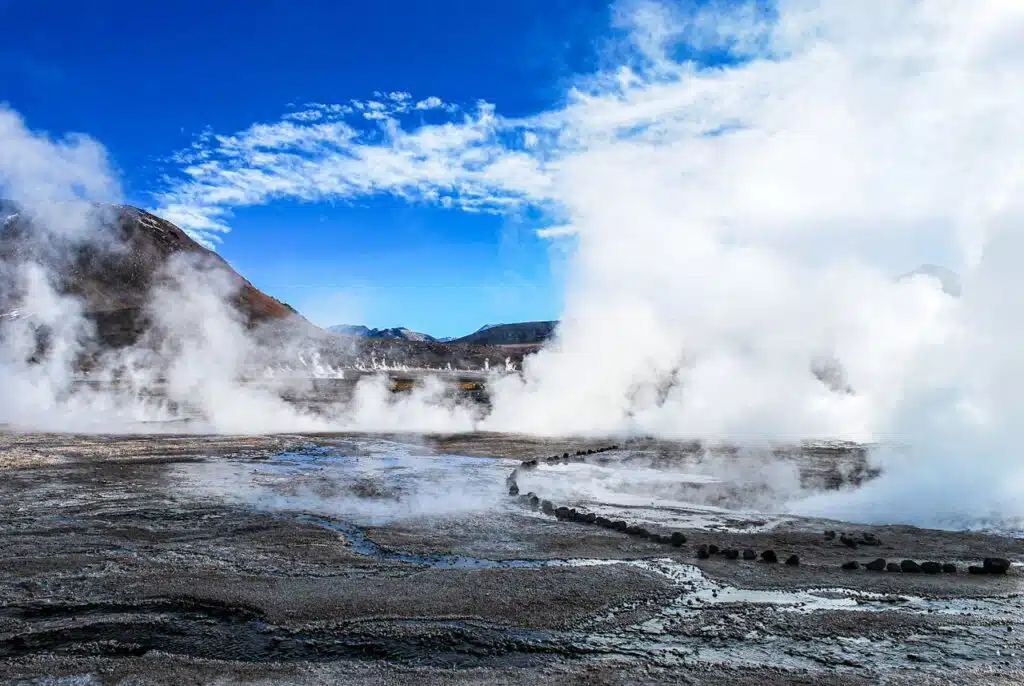
Laguna Miscanti and Laguna Miñiques
- Highlights: Nestled in the high altiplano of the Andes, Two stunning high-altitude lakes surrounded by volcanoes. The lakes are located within the Los Flamencos National Reserve and are home to various wildlife, including flamingos, vicuñas, foxes.
- Why Visit: Surrounded by snow-capped volcanoes and rolling hills, these deep blue lagoons are among the most picturesque spots in the Atacama Desert. The tranquility and natural beauty of this region make it a must-visit for nature lovers and photographers.
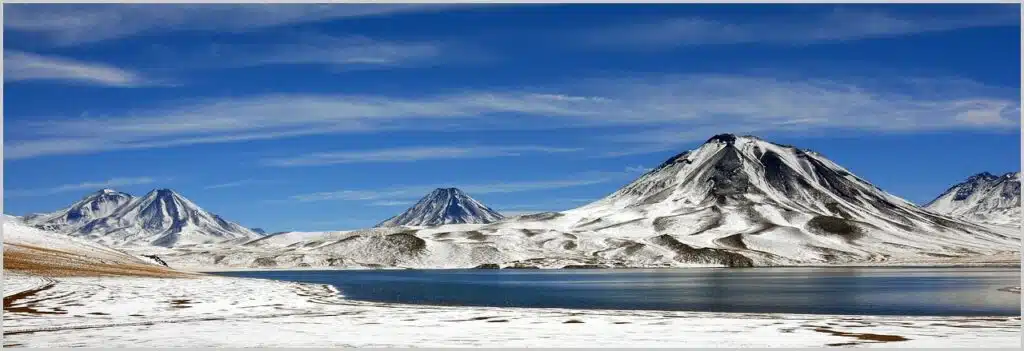
Others interesting activities in Atacama
- San Pedro de Atacama
- Highlights: The charming town and base for exploring the desert. It offers local markets, museums, and easy access to many attractions in the desert.
- Why Visit: A picturesque town with a rich cultural history, perfect for rest and to explore local traditions. From San Pedro, you can easily access many of the region’s top attractions, including the Valle de la Luna (Valley of the Moon), El Tatio Geysers, and the Atacama Salt Flats.
- Valle de la Muerte (Valley of Death)
- Highlights: A vast desert valley with imposing rock formations and dunes. The area is known for its eerily quiet, vast expanses and striking landscape.
- Why Visit: It’s a fantastic place for hiking, sandboarding, or simply soaking in the desert’s beauty.
- Astronomical Tours
- Highlights: The Atacama Desert offers some of the clearest skies in the world, making it ideal for stargazing. Several observatories, including the ALMA Observatory, offer tours.
- Why Visit: The desert is famous for its stellar views of the night sky, perfect for astronomy enthusiasts.
- Salar de Tara
- Highlights: A remote salt flat located in the Los Flamencos National Reserve, known for its stunning rock formations, the Monjes de la Pacana, and its solitude.
- Why Visit: An off-the-beaten-path destination offering peace and extraordinary landscapes.
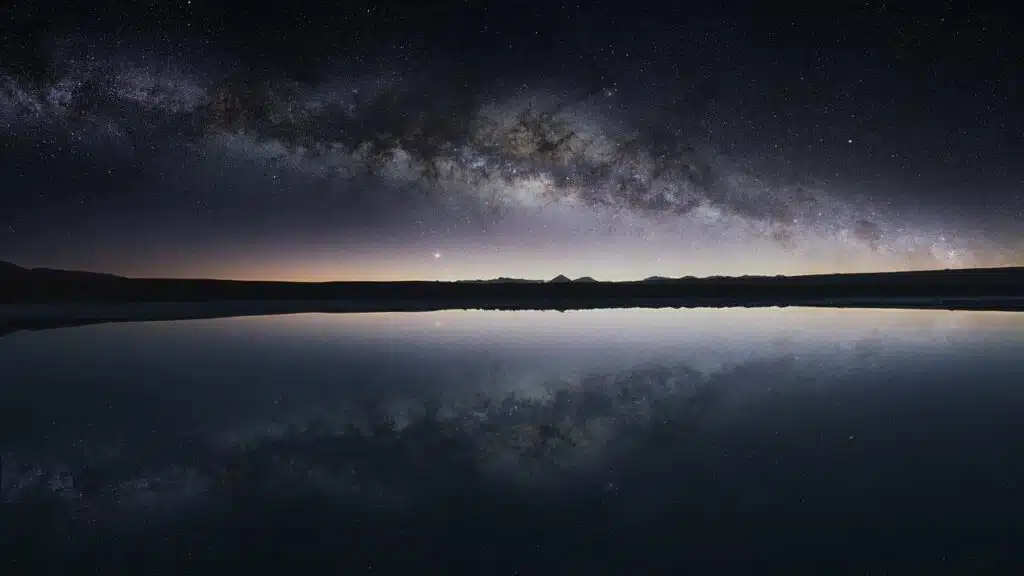
Tips tp Visit the Atacama Desert
Best time to visit
The best time to visit the Atacama Desert is between April and October, during the dry season. This period offers pleasant temperatures, with cooler nights and mild days, ideal for outdoor activities like stargazing, hiking, and exploring the salt flats. The summer months (November to March) can be hotter, with more rainfall and occasional sandstorms, making the dry season more comfortable for travel.
Getting to the Atacama Desert
The easiest way to reach the Atacama Desert is by flying into Calama, the nearest airport to San Pedro de Atacama. Regular flights connect Calama with Santiago, Chile’s capital. From Calama, it’s about a 90-minute drive to San Pedro de Atacama. Once in San Pedro, you can join guided tours to explore the surrounding desert or rent a car for more flexibility.
The Atacama Desert is a place of stark beauty and incredible contrasts. From its vast salt flats and towering geysers to its serene lagoons and ancient cultures, the Atacama offers a unique travel experience that feels like stepping onto another planet. Whether you’re an adventure seeker, a nature lover, or a cultural enthusiast, the Atacama Desert promises to leave you with unforgettable memories of one of the most extraordinary places on Earth.

